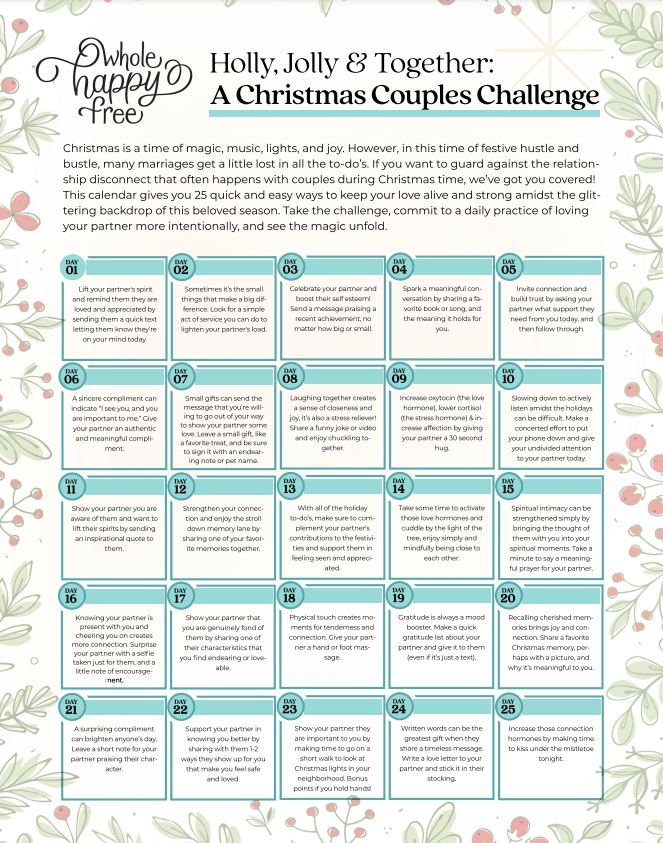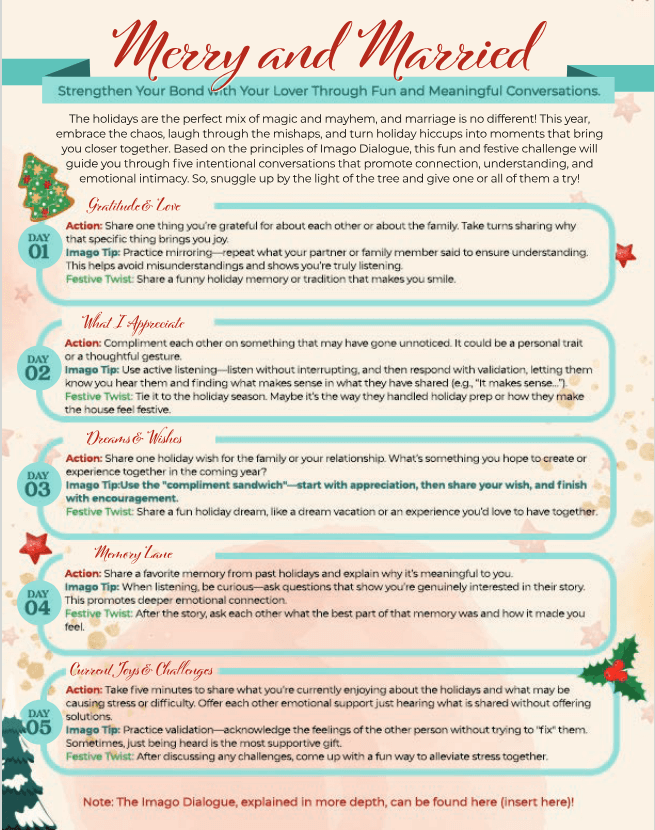Have you ever found yourself in a familiar pattern of arguing with your partner or loved one, where you feel stuck in the same old cycle? If so, you’re not alone.
Conflict is a natural part of any relationship, but the way we approach it can make all the difference. Understanding the different styles of conflict and the underlying dynamics can provide insight into how we react in these moments and how we can create healthier, more meaningful connections.
Today, we’ll explore the most common conflict styles, how they can impact relationships, and how we can work together to overcome conflict, instead of letting it tear us apart.
The Pursuer-Withdraw Dynamic: A Common Dance in Relationships
One of the most common conflict styles that couples experience is the pursuer-withdraw dynamic. Have you ever felt like you’re in a heated conversation, but your partner is pulling away, making it hard for you to resolve things? Or perhaps you’re the one withdrawing, feeling overwhelmed by emotions and retreating into silence.
Both sides feel anxiety when there’s disconnection in the relationship. For the pursuer, this anxiety often leads to trying to “fix” things by pushing for a resolution, believing that the only way to feel better is to address the conflict head-on. For the withdrawer, the anxiety can result in feeling emotionally flooded and retreating to regain emotional stability, as they may feel that engaging with the conflict at that moment would only make things worse.
This dynamic can feel like a tug-of-war, where the more the pursuer pushes, the more the withdrawer pulls away. It can be frustrating, especially when both partners are coming from a place of fear and longing to feel connected. But understanding that both parties are acting out of a desire for safety can help break the cycle of blame and shame.
Recognizing the Roots of Our Conflict Styles
Our conflict styles don’t just appear out of nowhere; they are often shaped by our upbringing and past experiences. For example, one partner might come from a family where conflict was loud and intense, while the other might come from a home where conflict was avoided or swept under the rug. These early experiences shape how we approach conflict in our adult relationships.
The pursuer might have learned that conflict is a sign of care and commitment, where the louder, more intense the conflict, the closer the connection. Meanwhile, the withdrawer might have learned that conflict is something to fear, something that threatens the peace and security of the relationship. Each person’s response is valid, shaped by their history, but it’s important to recognize these patterns so that they don’t continue to harm the connection we share with our partners.
Moving from Conflict to Connection
It’s easy to fall into the trap of seeing our partners as the “enemy” when conflict arises. We may start thinking, “If you just understood me, everything would be fine.” But the truth is that both parties are usually acting from a place of vulnerability, fear, and the desire for connection.
When we understand the conflict styles at play, we can begin to approach disagreements with empathy and compassion. Rather than focusing on being “right,” we can focus on the greater goal: connection.
For example, if you’re the pursuer, try to pause and consider why you feel the need to push for resolution. Are you afraid of losing your partner? Do you fear that if things go unresolved, the relationship might crumble? These fears are real, but they don’t need to control your actions. You can learn to approach your partner with calmness and patience, giving them the space they need to process.
On the other hand, if you’re the withdrawer, recognize that your need for space comes from a place of emotional overwhelm, not a lack of care. Understanding that your partner’s pursuit isn’t a personal attack but a cry for connection can help you stay engaged, even if it’s hard. You don’t have to solve everything right away, but you can offer small gestures that communicate, “I’m here, and I want to work through this together.”
Building Trust and Honoring Needs
At the heart of this dynamic is the need for trust. Trust is the foundation that allows us to feel safe enough to engage in conflict without fearing the relationship will fall apart. When we honor each other’s needs—whether it’s space for the withdrawer or engagement for the pursuer—we build that trust and strengthen our bond.
As Brené Brown points out in her research, trust is built on the acronym BRAVING—Boundaries, Reliability, Accountability, Vault, Integrity, Non-judgment, and Generosity. Each of these components plays a crucial role in fostering emotional intimacy and connection in relationships.
A New Perspective: Conflict as a Tool for Growth
Conflict doesn’t have to be something to avoid or fear. In fact, when we approach it with understanding and intention, it can become a tool for growth. Just like learning to dance, we may stumble and step on each other’s toes at first, but with practice and patience, we can move together in harmony.
By acknowledging our conflict styles, understanding their roots, and making the effort to meet each other’s needs, we transform conflict from a battlefield into an opportunity for deeper connection. It’s not always easy, and it takes time, but the result is a relationship that can weather the storms of life and grow stronger with each challenge.
If you find yourself struggling with conflict, remember that you are not alone, and you are not stuck. By choosing to show up differently, by choosing to honor each other’s needs, and by building trust, you can begin to shift your dynamic and create a relationship that is rooted in love, connection, and mutual understanding. The dance of conflict can become a dance of love, if we allow it.
So, let’s embrace the mess, lean into the conflict, and choose to grow together. You have the power to build a relationship where both of you feel heard, valued, and deeply connected. And that is where true intimacy begins.
Want to dive deeper into the dance of conflict? Join us for a cozy conversation in our latest podcast episode! We’ll unpack more about how understanding each other’s conflict styles can bring you closer, not further apart. Tune in for insights, real-life examples, and a few laughs along the way. Listen now!








